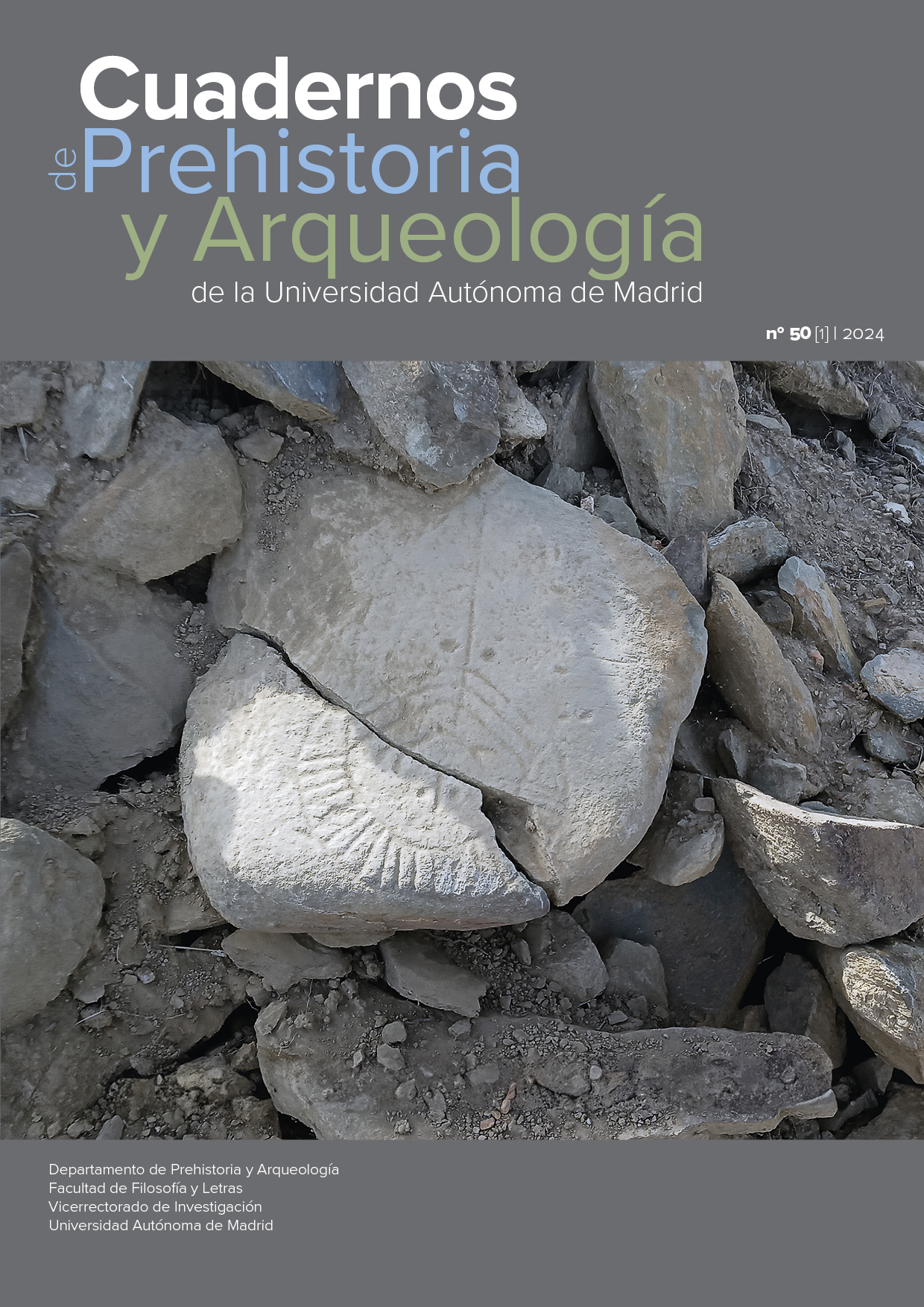On the Northern frontier of the Ebla Kingdom during the Early Bronze Age IVA. The Birecik Valley and the Kingdom of Abarsal in the left bank of the Middle Turkish Euphrates
Parole chiave:
early bronze age IVA, ebla, abarsal, akkad empire, birecikAbstract
The Early Bronze (EB) Age IVA in the Birecik region, which covers part of the second half of the 3rd millennium BC, north of the modern city of Birecik, on the left bank of the Middle Turkish Euphrates, shows (as most of the EB Age) a likely cluster of sites around the small center of Surtepe Höyük, and with the position of Tilbes Hoyuk as a probable local sanctuary.
This historical period, referred to in ancient Mesopotamian sources, that is equivalent to the end of the Early Dynastic (ED) and beginning of the Akkad Empire in Northern Mesopotamia. It was also the time of Ebla (northern Syria), an expansionist power, destroyed in the 23rd century BC. Mardikh IIB1 is the period of the archives (2400?2300 BC), the apparent greatest phase of splendor of that kingdom, during the 3rd millennium BC. The oldest pact cited in a text from Ebla, focuses on Abarsal, later a vassal state and still no located on the archaeological records. Recently, the Abarsal city?state has been searched by north of Carchemish. We put these facts in relation to similar events that occurred during the EB IVA in archaeological sites in the area between the Balikh and the left bank of the Middle Euphrates, with which Birecik seems to have some type of cultural link. The relationship of the North Syrian kingdom of Ebla to the Birecik valley area in EB IVA may offer an important clue about the presence of the kingdom of Abarum/Abarsal in the area.
